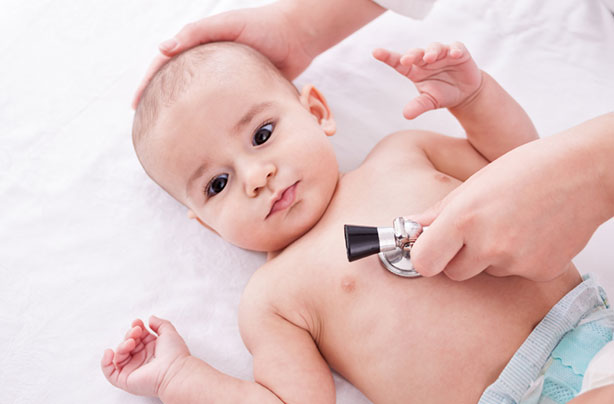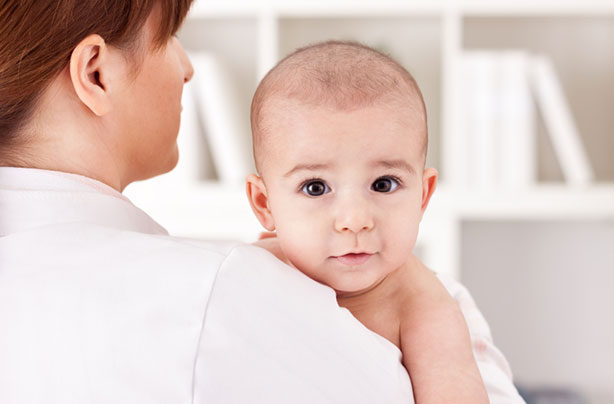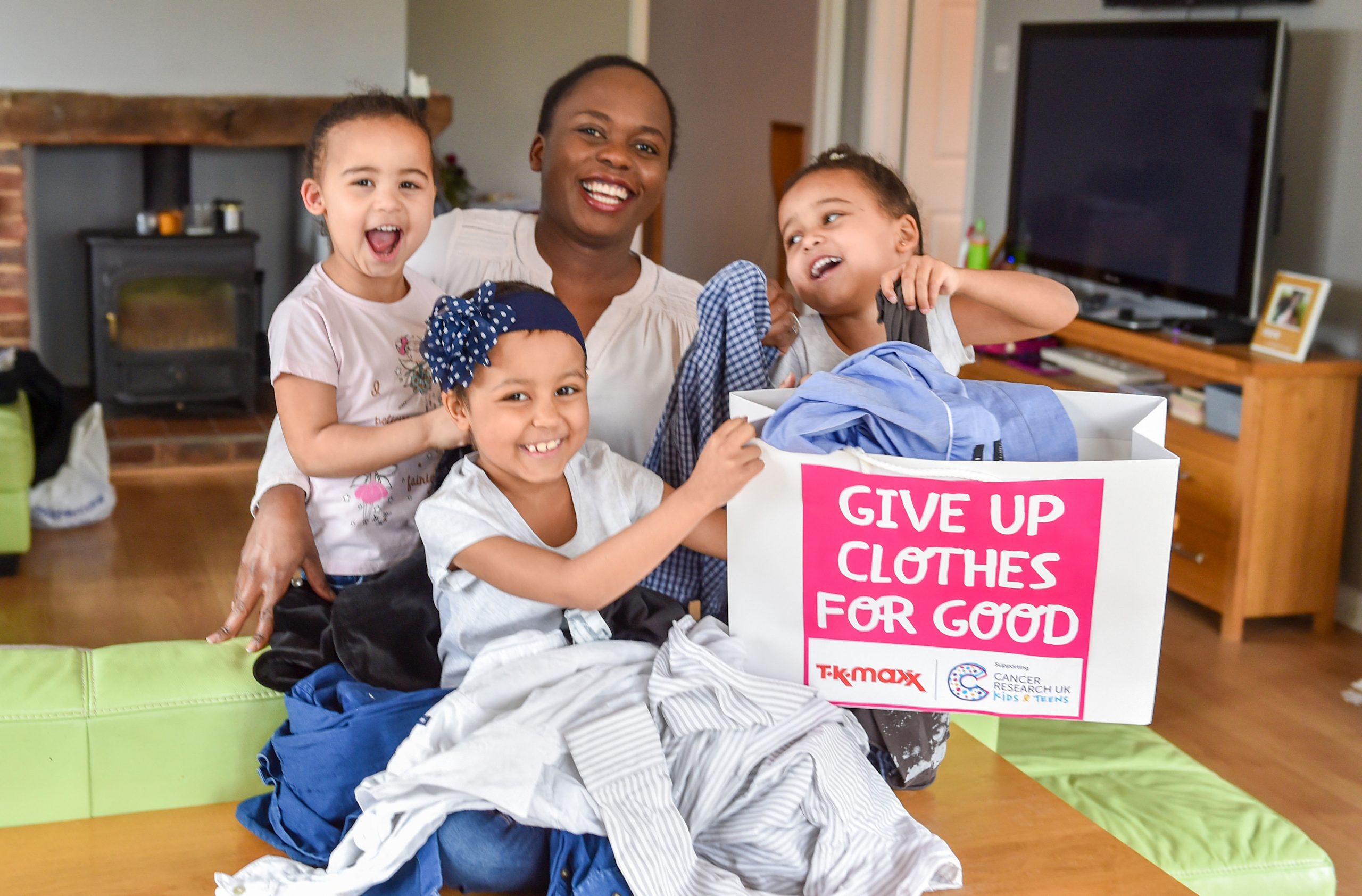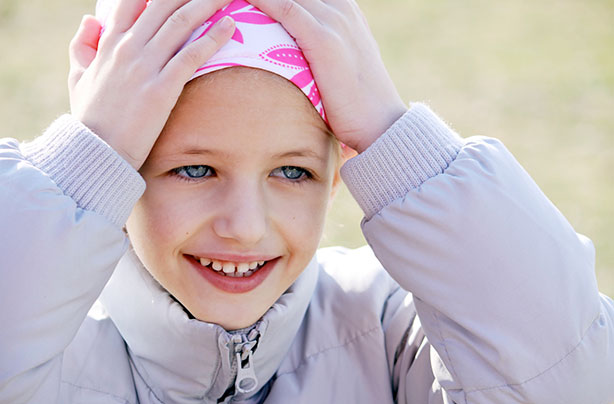Would you know how to spot the signs of eye cancer in your child?
The disease can affect young children under the age of six

Would you know how to spot the early signs of eye cancer in your child? Find out all you need to know about retinoblastoma - the disease that affects young children under six.
The rare disease, which affects around 50 to 60 children in the UK each year, can have dangerous consequences if not spotted early, but what is retinoblastoma?
The condition is a fast-growing eye cancer that develops in the cells of the retina. It usually affects young children under six years old and has one of the best cure rates of all the childhood cancers, with around 98% of children diagnosed with it surviving.
Still, it's important for parents and carers to be aware of what symptoms to look out for, and what causes the rare condition.
What are the symptoms of retinoblastoma?
In order to successfully treat eye cancer, it's crucial to spot it as early as possible. If you spot any of the following signs, share your concerns with your GP:
- An unusual white glow in the child's eye, which can become apparent in photos
- If your child start squinting
- A change in the child's eye colour in just one eye, or one part of the eye
- A red or inflamed eye
- Poor vision
These symptoms may have different causes and not be signs of retinoblastoma, but it's important you have them checked out by a health professional.

Retinoblastoma usually affects children under the age of six
GoodtoKnow Newsletter
Parenting advice, hot topics, best buys and family finance tips delivered straight to your inbox.
What are the causes?
Forty percent of retinoblastoma cases are caused by a faulty gene, which can have been inherited from a parent, or be the result of a mutation in the early stages of the baby's development in the womb. Both eyes are affected in these cases.
If you or your partner have cases of retinoblastoma in the family, you should have your child screened so the condition can be spotted early.
It is not known what causes the remaining 60 percent of cases, in which only one eye is affected.
For more information, you can visit NHS's information page or the Childhood Eye Cancer Trust website.
What is the treatment?
Treatment for retinoblastoma will vary depending on the stage of the tumour.
If the tumour is spotted early, it's usually still intraocular - completely within the eye - which is the case for nine out of 10 cases in the UK.
In case the cancer spreads beyond the eye to other parts of the body, this means it's extraocular. However, this is rarely seen in the UK, as the condition is usually spotted before it reaches this stage.
Treatments to smaller tumours vary from laser treatment to the eye to cryotherapy to freeze the tumour. For larger tumours, chemotherapy may be used to shrink it or the eye may need to be removed.
Trusted, informative, and empathetic – GoodToKnow is the ultimate online destination for parents. At GoodtoKnow, our mission is 'simple': we're trying to make sense of parenthood. On the site, you'll find everything you need for a happy, healthy family life. Our huge archive of content includes more than 18,000 articles and 1,500 how-to videos. These include expert-backed advice features on parenting, dealing with relationship changes after having a baby, self-care for mums and managing your family finances. We also feature tried-and-tested product reviews and buying recommendations for every stage of family life - from prams and Moses baskets to birthday gifts and top toys.
-
 What it's really like when your child is diagnosed with cancer
What it's really like when your child is diagnosed with cancerBy Mariana Cerqueira Published
-
 Common childhood cancers: Spotting the symptoms and knowing the causes
Common childhood cancers: Spotting the symptoms and knowing the causesTake note of the most common childhood cancers this September
By GoodtoKnow Published